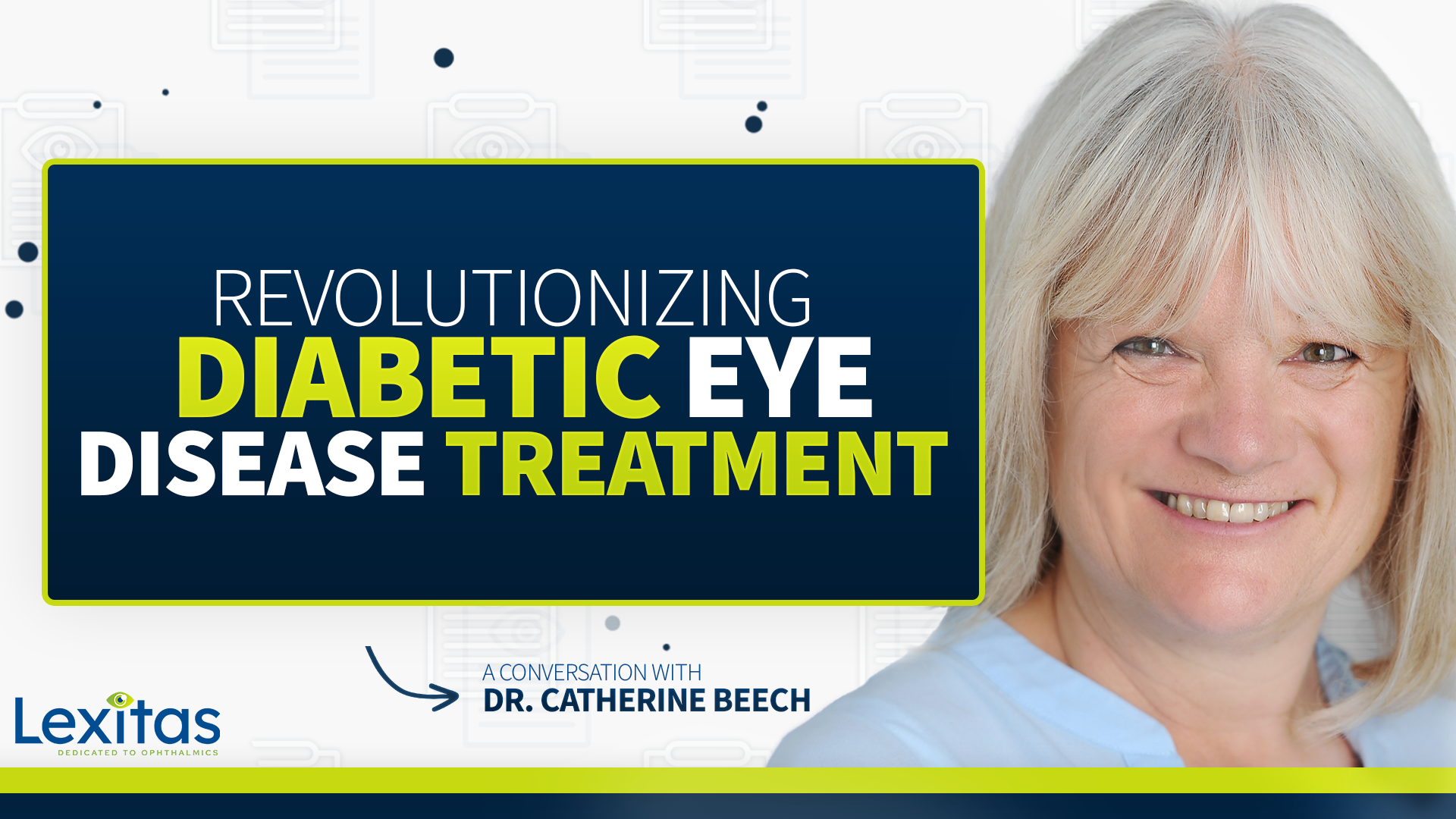How Diversity, Equity and Inclusion In Clinical Trials Leads To Better Health Outcomes
Almost 20% of new therapeutics have demonstrated differences in exposure and/or response across racial and ethnic groups, according to a study by the American Society for Clinical Pharmacology and Therapeutics.[1] In some cases, this even leads to different prescribing recommendations for specific populations and can have a real-world impact on health outcomes.
This is one reason the FDA recently recommended that sponsors and CROs alike think about creating frameworks that ensure the data they capture is representative of various populations prior to applying for FDA approval.
Attention to diversity is important because the burden of disease often falls unevenly on racial and ethnic minorities. Ensuring people from diverse backgrounds join clinical trials is key to advancing health equity. Although clinical trials are required to be representative of all the patients who will use the therapy, this is often not the case. Clinical research has traditionally been provided through institutions that favor populations who live close to large academic medical centers, are insured, or are served by the traditional medical community.
The FDA has become increasingly proactive on this topic in recent years, issuing multiple guidances to help companies develop more diverse trials. The most recent draft guidance was released earlier this year and is seen as an important step to moving to equity in research. FDA Commissioner Robert Califf said, “Achieving greater diversity will be a key focus throughout the FDA to facilitate the development of better treatments and better ways to fight diseases that often disproportionately impact diverse communities.”[2]
A wide variety of factors, including unconscious biases and structural barriers, can lead to a lack of inclusive trials. Historically, this has been a significant issue. Prior to the rules and regulations in place to protect today’s study subjects, researchers sometimes behaved unscrupulously in the care of their participants, may have preferred study subject homogeneity in an effort to achieve consistency, or otherwise disregarded the detrimental impact their research might have.
The resulting mistrust of the medical establishment among many minority populations persists today and is one of several obstacles to underserved participation in research. Additional factors include the accessibility of research by community-based physicians serving these populations, language barriers, varying degrees of health literacy, or the lack of inclusion of diverse groups in recruitment outreach and awareness campaigns.
These factors can have a tangible impact on trial participation. For example, 75% of the clinical trial population in the United States was white in 2020, despite the fact that whites composed only 62% of the national population.[3],[4] This was also true on a global scale. 76% of worldwide trial participants in 2020 where white, even though roughly 75% of the world’s population lives in either Asia or sub-Saharan Africa.[5] Data on the participation of trial participants in other traditionally underserved communities (native language, gender identity, sexual orientation, etc.) is also limited.
Watch: AI helps identify patients likely to respond to ophthalmology treatments during clinical trials
Practical steps to ensuring more diverse, equitable, and inclusive clinical trials
Meaningful change requires that sponsors and CROs consider diversity, equity, and inclusion from the very beginning when they design trials or select investigators and sites. At minimum, clinical trial design should look at the effects of a new therapeutic on a wide variety of ethnic groups, age ranges and socio-economic backgrounds. This often requires a sustained and dedicated effort. The good news is that there are practical steps companies can take to ensure more diverse study participants.
1. Representative diversity in staffing – It starts with the team you hire. Employees from varying geographic and underrepresented groups can help provide diverse views on the design and execution of clinical research studies, as well as uncover nuances and biases that may otherwise be overlooked. Patients often prefer to be under the care of physicians and staff who understand and even share their backgrounds.
At Lexitas, for instance, we are committed to diversity, equity and inclusion in hiring and in clinical research. We know from experience that this leads to more substantive attention to diversity in the execution of our studies, from design all the way to regulatory approval.
2. Partnering with diverse investigators, sites, and patient advocacy organization – Understanding the complexity of bias, equity, cultural sensitivities, and language requirements requires partnerships with people on the ground who are familiar with the needs of underserved communities. Building long-term relationships and partnerships with diverse groups of stakeholders is essential to creating, and course correcting, studies that can effectively recruit and retain trial participants.
3. Incorporating new investigators and sites in clinical research – To get to new patient communities, sponsors and CROs must evolve, grow, and enable the pool of sites and investigators trained and active in clinical research. This includes ensuring appropriate access to the research site. A patient living in a rural area will encounter different issues than one who lives in a dense, urban environment. A site network should ensure inclusion of the different geographies in which patients live so that more patients can access clinical research from their own physicians and in their own communities.
4. Partnering with the right CRO – finding the right CRO partner is critically important. Look for CROs that truly believe in and embrace diversity in their own hiring practices. These are the ones most likely to build it into trial design as well. They will help ensure that communications and outreach are relevant and appropriate to different populations. This leads to the types of trials that both investigators and patients want to participate in, resulting in higher enrollment and better retention.
Getting started
As we’ve seen, diversity, equity, and inclusion are not afterthoughts to conducting a successful study or impacting clinical results. They are critical aspects, especially as drug design moves increasingly in the direction of complex precision medicines. At Lexitas, we truly believe that diversity and inclusion are fundamental criteria that have a real tangible impact on health outcomes. We invite you to speak with us about how to ensure inclusion and diversity for your ophthalmology trials.
References
[1] Ramamoorthy A, Pacanowski M, Bull J, Zhang L. Racial/ethnic differences in drug disposition and response: Review of recently approved drugs. Clinical Pharmacology & Therapeutics. 2015;97(3):263-273. doi:10.1002/cpt.61
[2] FDA Takes Important Steps to Increase Racial and Ethnic Diversity in Clinical Trials. FDA. Published April 20, 2022. https://www.fda.gov/news-events/press-announcements/fda-takes-important-steps-increase-racial-and-ethnic-diversity-clinical-trials
[3] Food and Drug Administration. SNAPSHOTS SUMMARY REPORT DRUG TRIALS.; 2021. https://www.fda.gov/media/145718/download
[4] Jones N, Marks R, Ramirez R, Rios-Vargas M. Improved Race and Ethnicity Measures Reveal U.S. Population Is Much More Multiracial. The United States Census Bureau. Published August 12, 2021. https://www.census.gov/library/stories/2021/08/improved-race-ethnicity-measures-reveal-united-states-population-much-more-multiracial.html
[5] Sharma A, Palaniappan L. Improving diversity in medical research. Nature Reviews Disease Primers. 2021;7(1). doi:10.1038/s41572-021-00316-8
Additional Resources

Amber Ophthalmics Benefits From Image Reading Center To Develop New Treatment Options For PCED

How Allgenesis Evaluated Unique Endpoints to Advance its Phase

From Patient Care to Research: Dr. Bruce Segal’s Journey

The Impact of Contact Lens Wear On the Ocular Surface w/ Dr. Joe Shovlin

Lifestyle Impact On Ocular Health w/ Dr. Sheetal Shah





Robert Califf, M.D.
United States FDA Commissioner
Achieving greater diversity will be a key focus throughout the FDA to facilitate the development of better treatments and better ways to fight diseases that often disproportionately impact diverse communities.